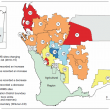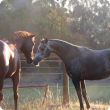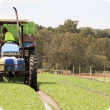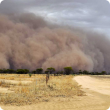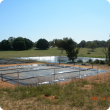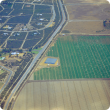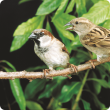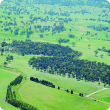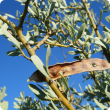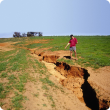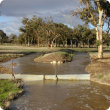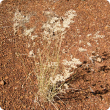Filter by regions:
- (-) Remove Gascoyne filter Gascoyne
- (-) Remove Kimberley filter Kimberley
- (-) Remove Pilbara filter Pilbara
- Goldfields-Esperance (479) Apply Goldfields-Esperance filter
- Mid West (452) Apply Mid West filter
- South West (448) Apply South West filter
- Great Southern (447) Apply Great Southern filter
- Wheatbelt (443) Apply Wheatbelt filter
- Peel (435) Apply Peel filter
- Perth regions (347) Apply Perth regions filter

